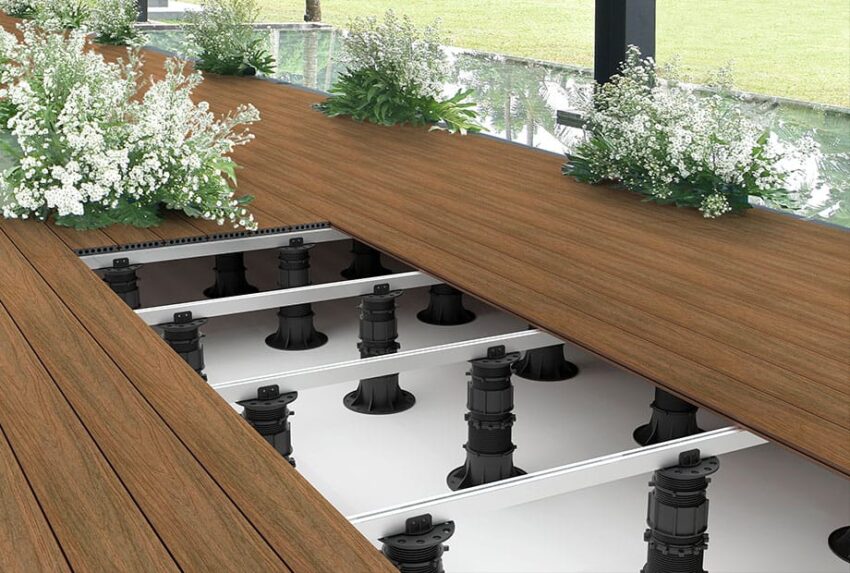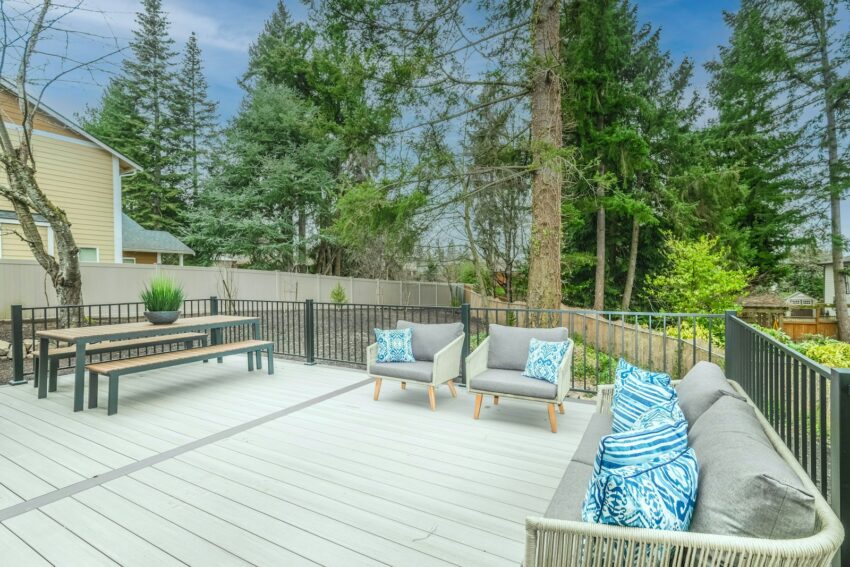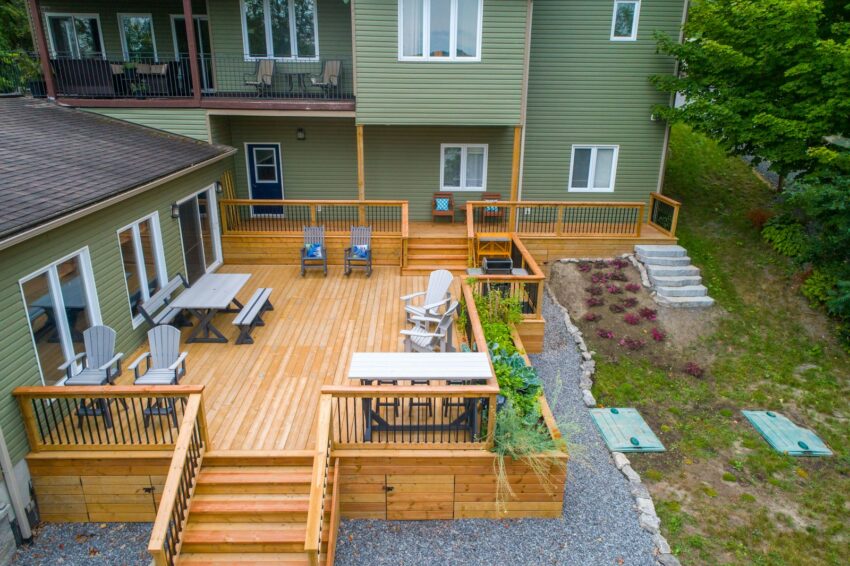Have you ever wondered how much construction waste ends up in landfills every year? According to the World Bank, global construction generates over 2 billion tons of waste annually—a figure expected to double by 2050 if nothing changes. That reality makes eco-friendly construction more than just a trend; it’s a necessity.

One often-overlooked but essential innovation in sustainable building is the decking pedestal. By raising outdoor flooring on adjustable supports, these systems reduce material use, improve longevity, and contribute to greener cities. And as more people look for sustainable solutions, many manufacturers are helping homeowners, architects, and developers make better choices without compromising design.
What Is a Decking Pedestal and Why Does It Matter?
A decking pedestal is an adjustable support system designed to elevate and stabilize outdoor decking, tiles, or pavers. Instead of pouring concrete slabs or heavy foundations, pedestals allow for a floating floor system that’s easier to install, adaptable to uneven ground, and better for drainage.
From rooftop terraces in busy cities to poolside decks in residential homes, pedestals are quietly shaping how we build functional and eco-friendly spaces. But what really sets them apart is their role in sustainable construction.

The Problem with Traditional Decking Methods
Before we dive into green pedestal systems, let’s look at why older methods fall short:
- High Resource Consumption: Concrete and treated timber decking require large volumes of raw materials, leading to deforestation, quarrying, and CO₂ emissions.
- Short Lifespan: Traditional decks often wear down faster, meaning more replacements and more waste over time.
- Poor Drainage and Soil Impact: Fixed foundations disrupt natural water flow and can damage surrounding ecosystems.
For homeowners and builders alike, these issues translate into higher costs, more maintenance, and a heavier environmental footprint.
Key Features of Sustainable Decking Pedestals
What makes eco-friendly pedestal systems different? Let’s break down the essentials:
- Recycled Materials: Many sustainable pedestals are made from recycled plastics or composites, reducing landfill waste.
- Durability: Long-lasting materials ensure decks remain stable and safe for decades, minimizing replacements.
- Energy-Efficient Manufacturing: Some systems are produced with lower energy consumption compared to traditional alternatives.
- Minimal Maintenance: Designed to withstand harsh weather, eco-friendly pedestals require little upkeep.
These qualities combine practicality with responsibility—ideal for builders who care about both performance and sustainability.

Advantages of Eco-Friendly Decking Pedestals
Switching to sustainable pedestals comes with clear benefits:
- Reduced Environmental Impact
By cutting down on concrete use and leveraging recycled materials, pedestal systems leave a smaller carbon footprint. - Cost Savings Over Time
While initial installation may be similar in cost to conventional decking, long-term durability means fewer repairs and replacements. - Design Flexibility
Pedestals allow builders to create level surfaces on uneven ground, design rooftop decks, and integrate modern drainage systems. - Certification Benefits
Many green building projects require LEED points or equivalent certifications. Eco-friendly pedestals can contribute toward achieving those goals.
Sustainable vs. Conventional Pedestals: A Quick Comparison
| Feature | Conventional Systems | Sustainable Pedestals |
| Materials | Concrete, timber | Recycled plastics, composites |
| Lifespan | 5–10 years | 15–25 years+ |
| Environmental Impact | High (waste & CO₂) | Low (recyclable, eco-friendly) |
| Installation | Heavy labor, fixed | Lightweight, adjustable, modular |
| Drainage | Often poor | Integrated water management |
This side-by-side view shows why eco-friendly options are becoming the preferred choice in modern construction.
Real-World Applications
Sustainable decking pedestals are already making an impact across industries:
- Residential Homes: Perfect for backyard patios, pool decks, and garden walkways.
- Commercial Spaces: Used in hotels, resorts, and office terraces for durable, low-maintenance flooring.
- Urban Projects: Cities are adopting pedestals for green rooftops, public squares, and even pedestrian bridges where drainage and stability are critical.
Choosing the Right Decking Pedestal System
When selecting a decking pedestal, it’s important to balance performance with sustainability. Look for systems made from durable, eco-conscious materials that are engineered to withstand weather, support heavy loads, and minimize environmental impact.
An example is Oakio pedestal, which is made from recycled polypropylene. This not only makes them water-resistant and durable but also environmentally friendly. With excellent load-bearing capacity, they are well-suited for supporting outdoor pavements and decking in both residential and commercial projects.
High-quality pedestals should offer:
- Flexibility for use in different project scales, from small patios to large terraces.
- Strength and stability to ensure long-term safety.
- Green credentials that align with today’s sustainability standards.
By prioritizing these qualities, builders and homeowners can ensure that their projects not only perform well but also contribute to a more sustainable future.
Best Practices for Sustainable Construction with Decking Pedestals
If you’re ready to adopt pedestal systems, here are some practical tips:
- Choose Certified Materials: Look for products that are made from recycled content and carry eco-certifications.
- Plan for Drainage: Proper pedestal placement ensures effective water management, reducing erosion and foundation damage.
- Install Correctly: Work with professionals or follow detailed guides to maximize performance and safety.
- Maintain Responsibly: Even though pedestals require little upkeep, regular inspections help ensure long-term stability.
The Future of Sustainable Decking Pedestals
The industry is evolving quickly. Expect to see:
- Smarter Materials: Innovations like bio-based composites that further reduce reliance on virgin plastics.
- Circular Economy Models: Pedestals designed for easy recycling at the end of their life.
- Growing Market Demand: As sustainable construction becomes standard, pedestal systems will be increasingly adopted worldwide.
For eco-conscious builders, the future looks promising—and greener than ever.
Conclusion
Eco-friendly construction isn’t about small gestures; it’s about making choices that last. Decking pedestals may seem like a minor detail, but they offer a sustainable alternative to wasteful, outdated building methods. They conserve resources, reduce costs, and open up creative design possibilities for everything from homes to city infrastructure.
By embracing sustainable decking pedestal solutions, we can transform how we build outdoor spaces—smarter, greener, and stronger for generations to come. The next time you plan a project, consider going with a system that supports not just your design, but the planet too.
